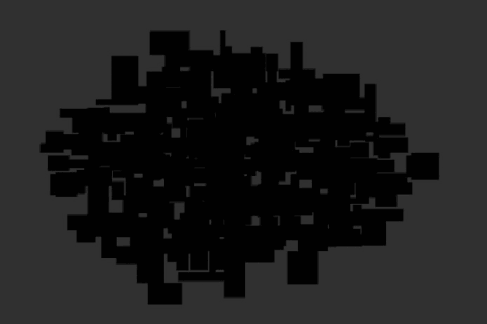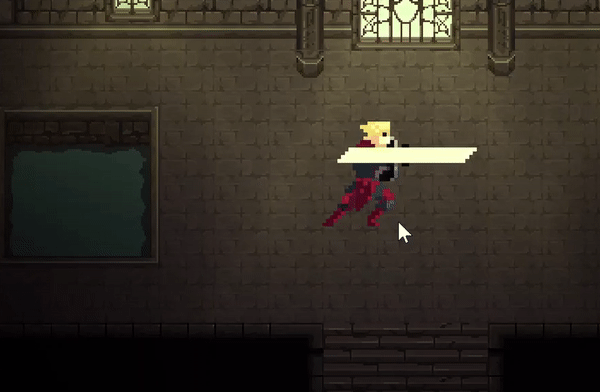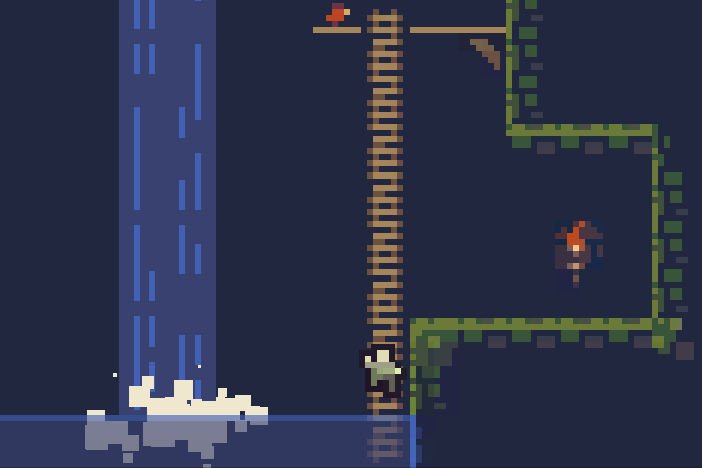Page Not Found
Page not found. Your pixels are in another canvas.
A list of all the posts and pages found on the site. For you robots out there is an XML version available for digesting as well.
Page not found. Your pixels are in another canvas.
About me
This is a page not in th emain menu
Published:
#question would you consider prompt engineeering direct manipulation?
very linear? commands are imposed by the systems
Published:
This post will explore what coreference is, how can it be gender-biased, and some models to reduce the Biases. Following a paper
Winograd was a challenge created as a Turing test to determine how well an NLP(Natural Language processing) agent works. The task is to assign a reference to an ambiguous pronoun.
The city councilmen refused the demonstrators a permit because they feared/advocated violence.



Published in SemEval, 2021
In this article, we present our methodologies for SemEval-2021 Task-4: Reading Comprehension of Abstract Meaning. Given a fill-in-the-blank-type question and a corresponding context, the task is to predict the most suitable word from a list of 5 options. There are three sub-tasks within this task: Imperceptibility (subtask-I), Non-Specificity (subtask-II), and Intersection (subtask-III). We use encoders of transformers-based models pre-trained on the masked language modelling (MLM) task to build our Fill-in-the-blank (FitB) models. Moreover, to model imperceptibility, we define certain linguistic features, and to model non-specificity, we leverage information from hypernyms and hyponyms provided by a lexical database. Specifically, for non-specificity, we try out augmentation techniques, and other statistical techniques. We also propose variants, namely Chunk Voting and Max Context, to take care of input length restrictions for BERT, etc. Additionally, we perform a thorough ablation study, and use Integrated Gradients to explain our predictions on a few samples. Our best submissions achieve accuracies of 75.31% and 77.84%, on the test sets for subtask-I and subtask-II, respectively. For subtask-III, we achieve accuracies of 65.64% and 62.27%.
Published in SemEval, 2021
Toxicity detection of text has been a popular NLP task in the recent years. In SemEval-2021 Task-5 Toxic Spans Detection, the focus is on detecting toxic spans within passages. Most state-of-the-art span detection approaches employ various techniques, each of which can be broadly classified into Token Classification or Span Prediction approaches. In our paper, we explore simple versions of both of these approaches and their performance on the task. Specifically, we use BERT-based models – BERT, RoBERTa, and SpanBERT for both approaches. We also combine these approaches and modify them to bring improvements for Toxic Spans prediction. To this end, we investigate results on four hybrid approaches – Multi-Span, Span+Token, LSTM-CRF, and a combination of predicted offsets using union/intersection. Additionally, we perform a thorough ablative analysis and analyze our observed results. Our best submission – a combination of SpanBERT Span Predictor and RoBERTa Token Classifier predictions – achieves an F1 score of 0.6753 on the test set. Our best post-eval F1 score is 0.6895 on intersection of predicted offsets from top-3 RoBERTa Token Classification checkpoints. These approaches improve the performance by 3% on average than those of the shared baseline models – RNNSL and SpaCy NER.
Published:
This is a description of your talk, which is a markdown files that can be all markdown-ified like any other post. Yay markdown!
Published:
This is a description of your conference proceedings talk, note the different field in type. You can put anything in this field.
Undergraduate course, University 1, Department, 2014
This is a description of a teaching experience. You can use markdown like any other post.
Workshop, University 1, Department, 2015
This is a description of a teaching experience. You can use markdown like any other post.